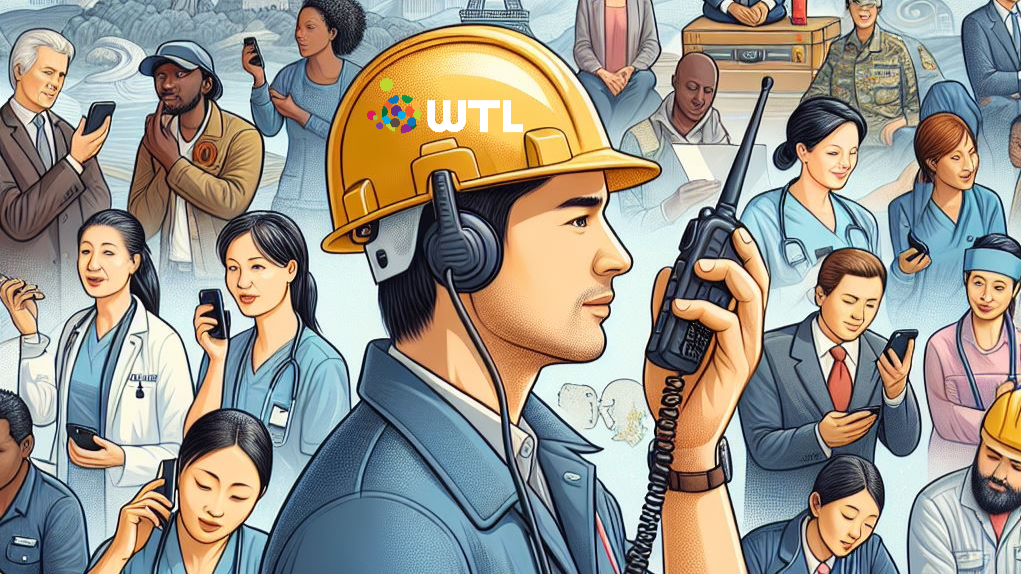Spectrum pricing is seen by some experts, including the GSMA, as a potential barrier to enhanced connectivity in many countries, particularly across the African continent. Does it block investment, when returns are much lower than in urban areas?
Is this fair? Read on to learn more and to join the debate.
One of the key requirements for deploying additional wireless connectivity is access to licensed spectrum. Spectrum is an important asset and, rightly has a value. Generally, it is sold through auction or allocation procedures, with the proceeds accruing to the state responsible.
That’s a tried and tested method and it can offer a market-based solution to enable competitive mobile networks to be launched. However, it can also cause problems, not least when it is offered a pre-set prices. In these cases, as recent news suggests, it may actually prove to be a barrier to the deployment of new connectivity.
First, the GSMA Intelligence Unit has released a new report, Spectrum Pricing in Developing Countries
, which suggests that spectrum pricing in some countries is disproportionately high in relation to GDP. This affects countries with a lower GDP – and hence likely ARPU per user – which means that some countries don’t receive the investments in mobile they need because the returns are too low to justify the investment. Policy makers should set prices to reflect local conditions, not an aspirational amount.
Whether the GSMA is right or not remains to be seen, but there is evidence from Ghana to support this argument. In a recent speech, the CEO of Ghana’s Broadband and Communications Chamber (BBCC) expressed concern that artificially high spectrum costs may be inhibiting wider deployment of LTE infrastructure – depriving more people access to the many benefits that can be enabled once high-speed mobile broadband is available.
The issue is clearly contentious, but it’s also clear that, even as urban deployments of the latest LTE infrastructure gather pace, remote regions continue to be left behind. If spectrum pricing is really blocking deployments that will have a significant economic cost. So, what should regulators do? Should they develop instruments that, while offering commercial terms for denser urban areas, while creating new terms for rural access? Is shared spectrum an appropriate way forward?
Why don’t you let us know? We’d love to hear your thoughts.


